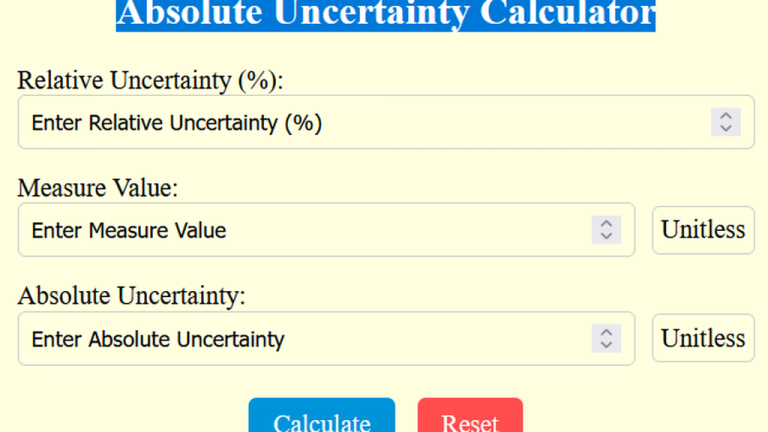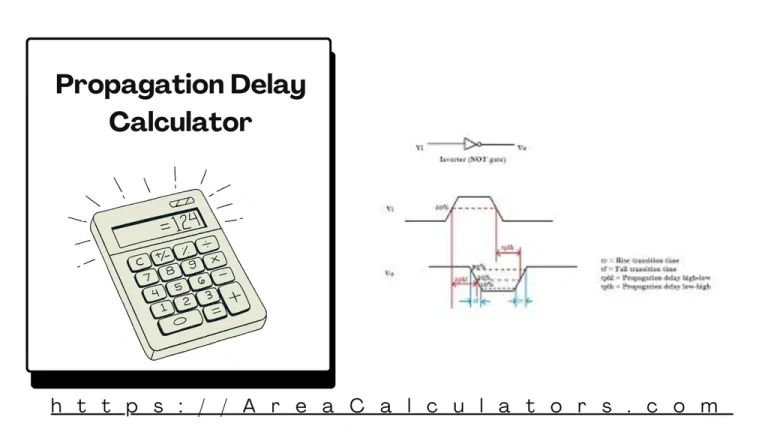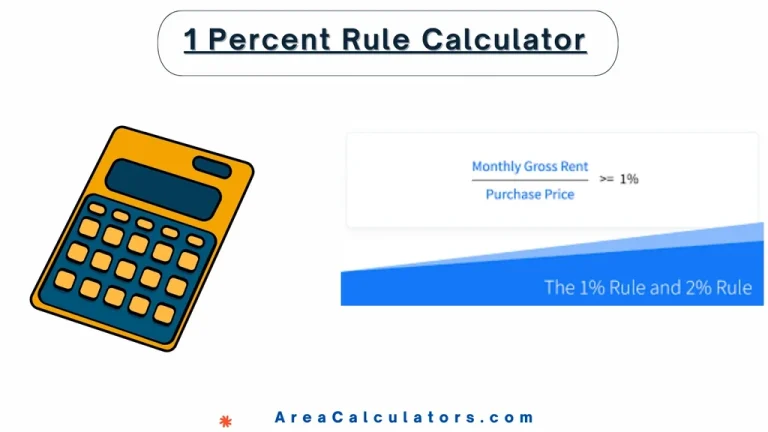CC to Grams of Powder Calculator
To convert cubic centimeters (cc) to grams of powder, multiply the volume in cc by 0.4. This formula provides an estimate of the weight in grams for powdered substances.
To convert cubic centimeters (cc) to grams of powder, multiply the volume in cc by 0.4. This formula provides an estimate of the weight in grams for powdered substances.
| Variable | Description |
|---|---|
| Grams of powder | |
| Cubic centimeters (cc) of powder | |
| Conversion factor for cc to grams of powder |
Example 1
| Step | Calculation |
|---|---|
| Given volume (CC) | |
| Grams of powder | |
| Answer: 10 cc of powder is approximately 4 grams. |
Example 2
| Step | Calculation |
|---|---|
| Given volume (CC) | |
| Grams of powder | |
| Answer: 20 cc of powder is approximately 8 grams. |
The CC to Grams of Powder Calculator is a tool that converts volume in cubic centimeters (cc) to grams for powdered substances. As for as the application of this conversion is concerned, it is widely applied in fields like pharmacy, cooking, and chemistry.
Importantly, the precise measurements of powdered ingredients are necessary in these fields. However, the conversion depends on the density of the specific powder since different powders have varying densities, which influence their weight per cc.
If for any reason, you use the calculator, simply insert the volume in cc and the density of the powder (usually available on packaging or datasheets).
The calculator then multiplies the volume by the density to provide the weight in grams. This conversion answers questions such as “How many grams is a cc of powder?” or “How to convert cc to grams for powders?”
In closing up, this calculator simplifies precise measurement conversions, essential for various applications where exact powder amounts are crucial for effectiveness and accuracy.

Multiply the relative uncertainty percentage by the measured value to calculate absolute uncertainty. The Absolute Uncertainty Calculator helps measure the uncertainty in experimental or observed values, offering a clear range of potential error. This tool is essential for physics, chemistry, and other sciences to evaluate the accuracy and precision of measurements. By converting relative uncertainty…
To determine the date 120 days ago, count backward from the current date by 120 days. You can also use a date calculator to streamline this process. 120 Days Ago Calculator Today’s Date Date 120 Days Ago Calculate Reset The 120 Days Ago Calculator can calculate the date that falls exactly 120 days prior to…
To calculate the down payment (DP) and monthly installment (MI) based on the 20/4/10 rule, multiply the car price (CP) by 0.20 for the down payment, and divide the monthly car payment (MC) by 0.10 for the installment. The 20/4/10 Rule Calculator plays a role in finding how much you can afford when buying a…

Propagation delay (PD) is calculated by subtracting the start time of signal transmission from the arrival time and dividing the result by the signal speed. The Propagation Delay Calculator helps in determining the time it takes for a signal to travel from one point to another. This calculation is essential in networking, digital electronics, and…

The 1 Percent Rule Calculator is really helpful for real estate investors to know if a rental property is a good investment by ensuring it generates 1% of the purchase price in its monthly rent. Learn how the 1% rule works and if it’s still valid in today’s market. Formula: The formula is: R=P×0.01R =…

To calculate Operating Cash Flow (OCF), add depreciation (DD) to operating income (OIOI), subtract taxes (TT), and adjust for changes in working capital (CWCCWC). The OCF (Operating Cash Flow) Calculator is a critical tool in financial management, helping assess a company’s cash inflows and outflows from its core business operations. Operating cash flow reflects the…